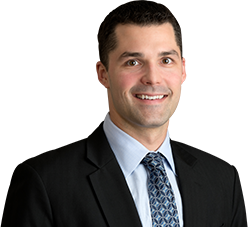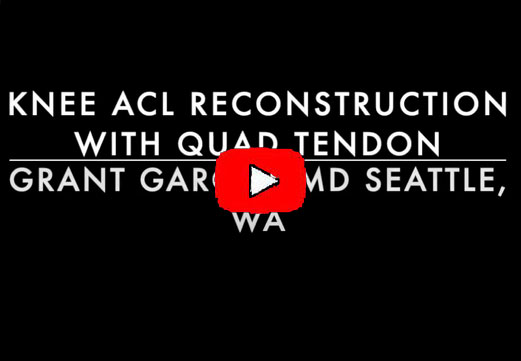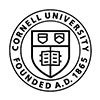Revision ACL Reconstruction Surgery
Dr. Garcia discusses his revision acl algorithm and what he does to improve outcomes.
Anatomy:
The anterior cruciate ligament is one of the major stabilizing ligaments in the knee. It is a strong rope-like structure located in the center of the knee, running from the femur to the tibia. When this ligament tears, unfortunately, it does not heal and often leads to the feeling of instability in the knee.
Check out Dr. Garcia’s video testimonial after a complex 2 stage ACL reconstruction
ACL reconstruction is a commonly performed surgical procedure and with recent advances in arthroscopic surgery can now be performed with minimal incision and low complication rates.
The surgery can usually be done as an outpatient procedure which means you may be discharged to go home on the same day as the procedure.
Why did my ACL fail?
Overall failure rates after ACL reconstruction can range from 5-20% based on many factors. There are a number of controllable variables that can reduce this rate of failure. One of the most common reasons for failure is the placement of the ACL tunnels. Many of ACLs done in this country are performed by surgeons that do less than 20 ACLs per year. This is concerning as there are a number of studies that demonstrate poor position of tunnels and higher failure rate a result of this. If the tunnels are not placed right, the ACL graft is not “anatomic” and can stretch out or tear. Given the technical nature of ACL reconstruction, it is important to see someone who does a high volume of ACL surgeries in addition to specializes in revision ACL surgery.
Check out Dr. Garcia’s technique for 2 stage ACL reconstruction with bone grafting
Another potential reason for ACL failure is that there are other issues associated with the knee that were not addressed. Having a posterior lateral corner injury, PCL injury, a very loose MCL, or missing a lot of your meniscus puts that patient at higher risk for a revision ACL surgery.
In some cases, the tunnels can get too large and cause a “windshield” wiper effect. As a result, the patient’s graft can become too loose and eventually tear or feel loose enough that the patients do not feel stable.
A traumatic re-tear can occur in athletes similar to the initial injury. It is important for the surgeon to determine the reason for re-tear as this may dictate potential treatment options.
ACL Tears and Surgical Options
Revision ACL surgery?
Depending on the reason for failure, Dr. Garcia will do a number of tests to evaluate anddetermine the cause of failure.First, a thorough physical exam is performed to evaluate for any structural issues in the knee. A series of tests may be ordered as well to evaluate as to why the previous ACL surgery failed.
Dr. Garcia demonstrates his new cutting edge technique for IT band tenodesis.
Tests:
- Xray
- MRI
- CT scan to evaluate tunnel position and size
- Limb Alignment Films – Standing Xrays
After all of these tests are performed, the type of surgery will be discussed with you. Dr. Garcia has extensive experience with evaluating these cases and a custom patient plan will bedeveloped.
Surgical Procedure:
Dr. Garcia demonstrates his technique for Quad Tendon ACLreconstruction
Dr. Garcia may only have to do a revision ACL surgery and no additional procedures are needed.In some cases, additional surgeries may be needed as listed below.
- Two Stage surgery – involves cleaning the whole knee and bone grafting all the old tunnels. Dr. Garcia will come back in 4-6 months and do a new ACL reconstruction with potentially some of the other procedures listed below.
- High tibial osteotomy
- Meniscus Transplant
- Meniscus Repair
- Additional Ligament Reconstruction (PCL or PLC)
- Cartilage Transplant
Dr. Garcia may add a small additional procedurecalled an “IT band tenodesis” or “ALL reconstruction”. More recent data suggest this small procedure significantly reduces ACL re-tear rates after revision surgery.
Our video testimonial after revision ACL surgery with posterior lateral corner reconstruction
Prognosis:
Revision ACL surgeries success is dependent on the additional procedures needed. If many of the problems with the first surgery can be corrected success rates are high with recurrence rates as low as 5-10%. Return to sport rates can be as high as 80-90% for isolated revision ACL surgeries. The success of your 2nd surgery is dependent on a good evaluation of any other existing problems in the knee. Dr. Garcia has extensive experience in this field and it’s important to see an ACL revision knee specialist.
Recovery:
Recovery can be up to a full year after revision ACL surgery. Similar to success rates, the type of additional procedures determines the full recovery time. See Dr. Garcia’s post-operative rehab protocols for more information on recovery and physical therapy after discussing your surgical plan with him in the office.





















